What to do if MKS 146C display code 9999?
- AAlexis MoralesAug 3, 2025
If code 9999 appears on the main display, it indicates that the Fail-Safe feature has failed its self-test. The suggested solution is to return the MKS 146 unit to MKS for repair.

What to do if MKS 146C display code 9999?
If code 9999 appears on the main display, it indicates that the Fail-Safe feature has failed its self-test. The suggested solution is to return the MKS 146 unit to MKS for repair.
What to do if number 26 appears on MKS Measuring Instruments display?
If the number 26 appears in the main display of the MKS 146 unit, the suggested solution is to return it to MKS for repair.
| Brand | MKS |
|---|---|
| Model | 146C |
| Category | Measuring Instruments |
| Language | English |
Provides an overview of the Type 146 Cluster Gauge Vacuum Gauge Measurement and Control System and its capabilities.
Explains the manual's structure, chapter content, and how to use it for step-by-step instructions.
Details conventions for keys, legends, and formatting used throughout the manual for clarity.
Details available maintenance, repair services, and contact information for MKS Calibration and Service Centers.
Guides users through the process of safely unpacking the instrument upon arrival and checking for shipping damage.
Outlines criteria for instrument placement, operating environmental conditions, and safety considerations.
Specifies input power requirements, power consumption, and grounding needs for safe and proper operation.
Describes the different plug-in boards available for the 146 unit and their function.
Describes the components of the instrument's front panel, including the window, keys, and power switch.
Introduces the instrument's five operating modes: Normal, Leakage, Setup, Control, and Tuning.
Discusses how the 146 instrument controls a pressure/vacuum system using PID control with gain, lead, and integral parameters.
Explains the Normal Mode operation, default settings, and how pressure readings are displayed.
Lists functions available in Normal Mode, such as viewing status, switching channels, and zeroing sensors.
Guides on selecting channels or dual channel displays for monitoring pressure readings on the main display.
Provides instructions on adjusting the sensor readout to the zero pressure point for accurate measurements.
Describes Leakage Mode, indicated by the LEAKAGE legend, used for monitoring pressure change over time.
Lists functions available in Leakage Mode, including displaying software version and switching channels.
Explains Tuning Mode, available with a Control board, for fine-tuning valve control parameters.
Details the upper level for observing parameters and the lower level for editing them.
Guides on adjusting the Gain parameter, which affects the valve drive signal proportional to the error signal.
Introduces Setup Mode for configuring alarm trip points and sensor ranges.
Guides users on setting pressure points at which alarms are triggered and configuring relay states.
Explains how to adjust sensor-specific parameters like gas type, sensitivity, and range.
Configures the main display to show pressure (PrES) or voltage (Volt) readings in Normal/Leakage Modes.
Describes Control Mode, used with a Control board, for operating valves via recipes.
Indicates the system pressure deviation from the set point using segments on the front panel display.
Explains how to choose which of the four user-defined recipes regulates the control valve in AUTO mode.
Covers the instrument's ability to communicate with computers via RS-232 serial port using commands.
Lists adjustable parameters like baud rate, parity, data bits, and protocol for RS-232 communication.
Describes all RS-232 commands that the 146 unit can receive, grouped by function.
Details RS-232 commands for controlling channel power, Auto Power feature, and hot cathode degas.
Provides basic maintenance notes, including cable checks and keeping the unit dust-free.
Guides on selecting proper fuses and checking the AC line voltage select switch.
Explains how to use the diagnostics feature for self-tests and displaying results.
Details how to initiate specific self-tests like RAM, PROM, and display tests.
Lists physical attributes of the instrument, including mounting and display capabilities.
Covers CE mark compliance, electromagnetic compatibility, and power requirements.
Organizes commands by plug-in board type for sensor operation.
Lists commands for configuring, calibrating, and reporting status for capacitance manometers.
Details commands for controlling MFCs, including mode, set point, and override functions.

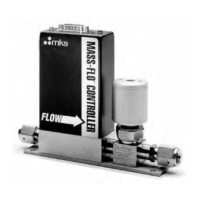
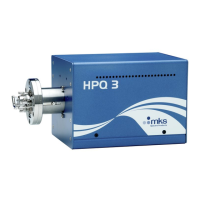
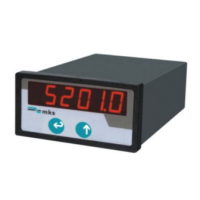

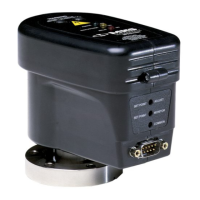
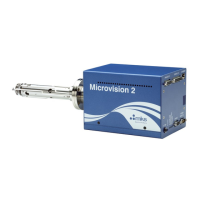
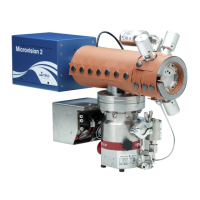


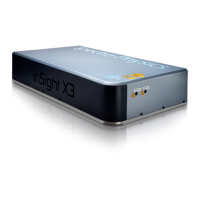

